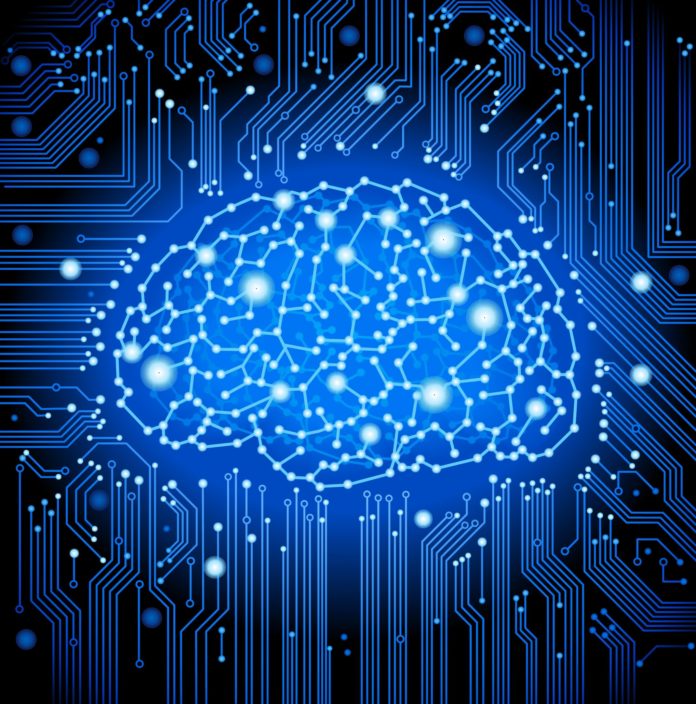There are a number of ways of classifying the phase of development or capabilities of a particular type of artificial intelligence, with a focus on the level of autonomy of the system.
Perhaps the most common scale of AI autonomy is the six-step ranking, which is probably most familiar as applied to autonomous vehicles. On that scale, for instance, driver assistance systems are Level 1 and full autonomous driving is Level 5.
When applied to telecom systems, the six-step scale is the same, but the particulars of how that looks is different. In a recent RCR Wireless News webinar on AI in network testing and assurance, Stephen Douglas, head of market strategy at Spirent Communications, outlined the six levels of AI autonomy in a telecom testing context.
Level 0 is completely manual testing processes with full human intervention; in terms of testing, this can include the use of analytics to inform those manual testing processes.
Level 1 involves the use of basic machine learning and automation of repetitive testing tasks. There is still substantial human intervention needed, but it is considered “assisted” autonomy.
Level 2 moves into only “partial” human intervention and partial autonomy, where predictive AI is in play. For testing, this includes the ability to have continuous testing with static, closed loops that act within sub-domains—such as AI applied via discrete or point solutions.
Douglas noted that many telcos are at Level 0 and Level 1 in terms of their testing approaches. Market leaders, he said, are generally at Levels 1 and 2.
Level 3, or conditional autonomy, moves the continuous testing capability more fully into the role of mastering a given domain with minimal human intervention, but there is still significant human supervision of the AI. This would include both predictive and generative AI. Douglas considers Level 3 network autonomy to be a medium-term ambition for the telecom industry.
Level 4 falls under the umbrella of high autonomy or semi-autonomous systems. There is minimal human supervision. For testing, this looks like continuous testing capabilities with dynamic closed loops that can operate cross-domain.
Level 5 is fully autonomous AI, with no human intervention or supervision. In a testing context, this means self-adapting testing and loops that can act across domains and third parties.
Both Levels 4 and 5 are long-term aspirations for the telcom industry when it comes to the network, per Douglas’ perspective.
For more insights on AI and network testing, check out the RCR Wireless News editorial webinar, featuring AT&T and Spirent Communications, now available on-demand.

